When it comes to choosing the right battery for your vehicle, boat, or RV, understanding the specifications and differences between various battery groups is crucial. Two commonly compared battery types are Group 31 and Group 27 batteries. In this blog post, we will delve into the detailed differences between these two battery groups, covering aspects such as size, capacity, weight, and applications.
1. Size and Dimensions
One of the primary differences between Group 31 and Group 27 batteries is their physical size. The Battery Council International (BCI) assigns group numbers based on the battery's size (dimensions), and this is a critical factor when fitting a battery into a designated space.
- Group 31 Battery: These batteries typically measure around 13 x 6.8 x 9.4 inches (L x W x H). The exact dimensions can vary slightly between manufacturers, but these are the standard dimensions.
- Group 27 Battery: These batteries are slightly smaller, with dimensions generally around 12.06 x 6.8 x 8.86 inches (L x W x H).
The larger size of Group 31 batteries often means they have a higher capacity, but it also means they require more space.
2. Capacity and Performance
Capacity is a crucial factor when choosing a battery, as it determines how much power the battery can store and deliver. This is often measured in ampere-hours (Ah) and reserve capacity (RC).
- Group 31 Battery: These batteries typically have a higher capacity, often ranging from 75 Ah to 125 Ah, depending on the specific model and manufacturer. Their reserve capacity can range from 150 to 220 minutes.
- Group 27 Battery: These batteries usually have a capacity ranging from 66 Ah to 100 Ah, with a reserve capacity typically between 140 to 200 minutes.
The higher capacity of Group 31 batteries makes them better suited for applications requiring more power and longer running times.
3. Cold Cranking Amps (CCA)
Cold Cranking Amps (CCA) is a measure of a battery's ability to start an engine in cold temperatures. This is particularly important for vehicles in colder climates.
- Group 31 Battery: These batteries generally offer a CCA range between 700 and 1,150 amps.
- Group 27 Battery: These batteries provide a lower CCA range, usually between 600 and 1,000 amps.
The higher CCA rating of Group 31 batteries can be advantageous in colder conditions, providing more reliable starting power.
4. Weight
The weight of a battery can affect the overall weight of a vehicle or boat, which can be a consideration for performance and handling.
- Group 31 Battery: These batteries are heavier, often weighing between 50 to 75 pounds.
- Group 27 Battery: These batteries are lighter, with weights typically ranging from 45 to 60 pounds.
The lighter weight of Group 27 batteries can be beneficial in applications where weight is a critical factor.
5. Applications
The choice between Group 31 and Group 27 batteries often comes down to their intended use.
- Group 31 Battery: Due to their higher capacity and larger size, these batteries are often used in commercial trucks, large boats, and RVs that require more power for extended periods. They are also common in industrial applications and for use in power backup systems.
- Group 27 Battery: These batteries are more commonly used in smaller boats, RVs, and as starting batteries in cars and light trucks. They are also suitable for applications where space is limited, and weight is a concern.
6. Cost
- Group 31 Battery: Generally more expensive due to their larger size and higher capacity.
- Group 27 Battery: Typically less expensive, making them a more economical choice for applications with lower power requirements.
Conclusion
Choosing between a Group 31 and a Group 27 battery depends largely on your specific needs and the requirements of your application. Group 31 batteries offer higher capacity, greater reserve capacity, and better performance in cold conditions, but they are larger, heavier, and more expensive. Group 27 batteries, on the other hand, are more compact, lighter, and more cost-effective, making them suitable for smaller applications with less demanding power requirements.
By understanding these differences, you can make an informed decision that ensures you get the best performance and value for your investment.






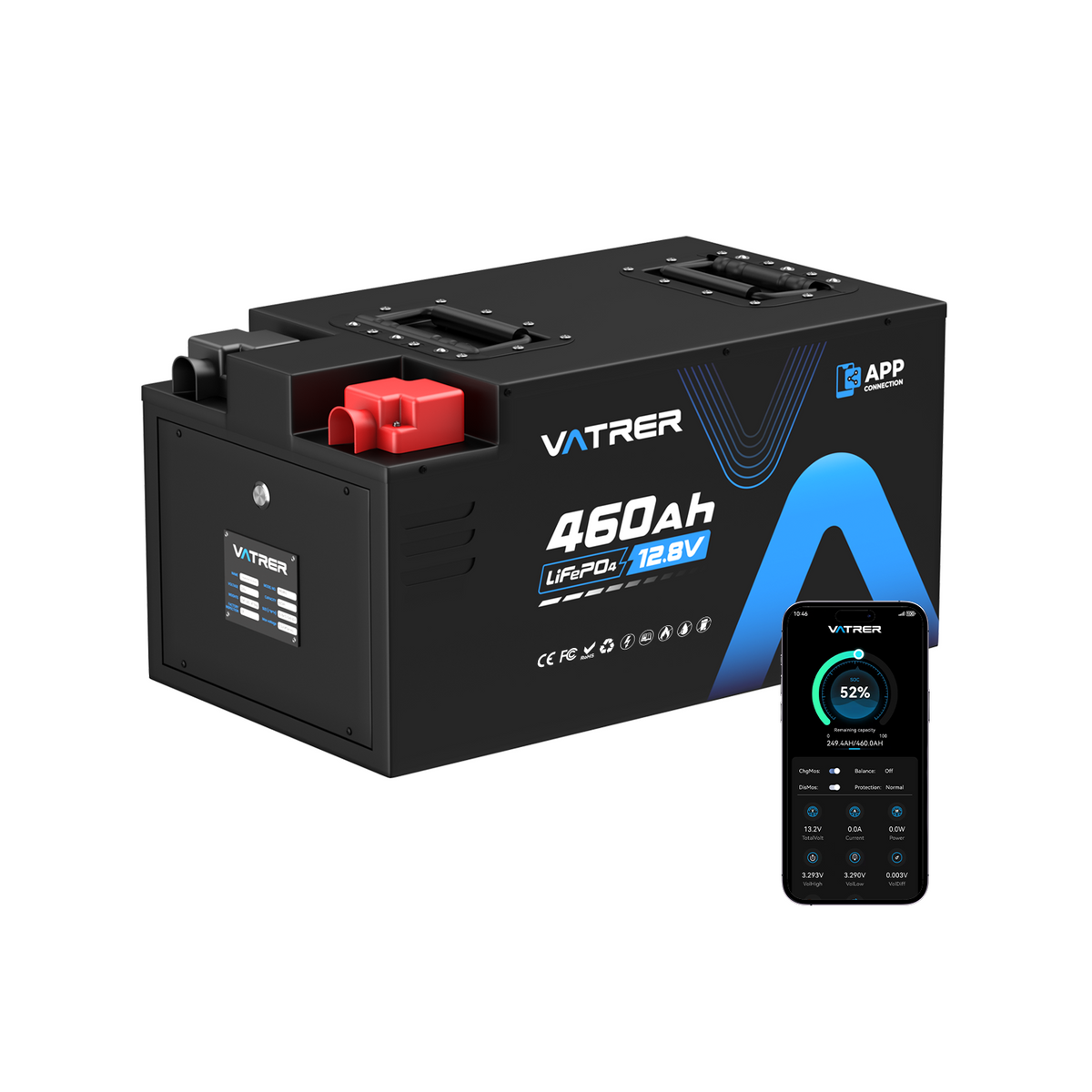
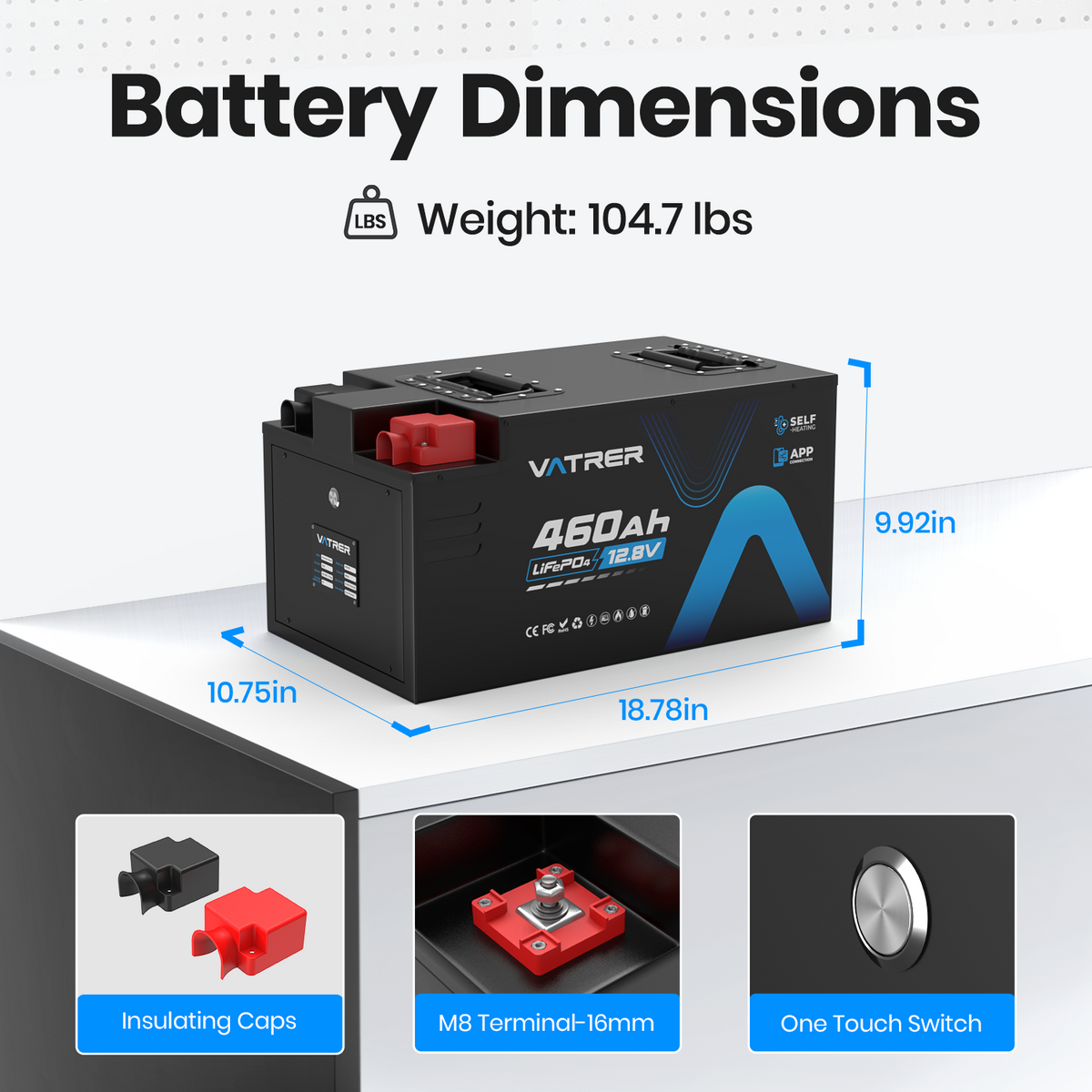
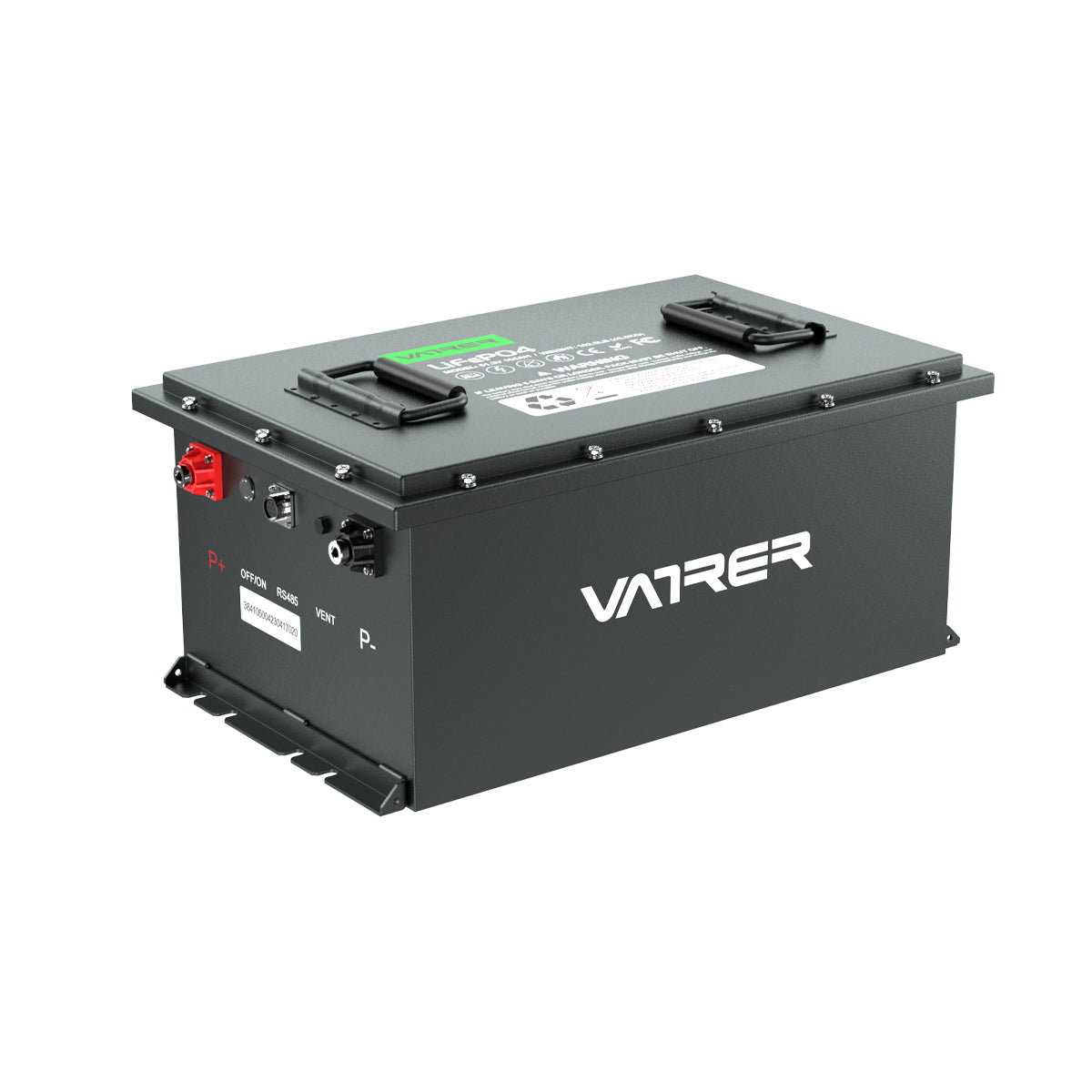
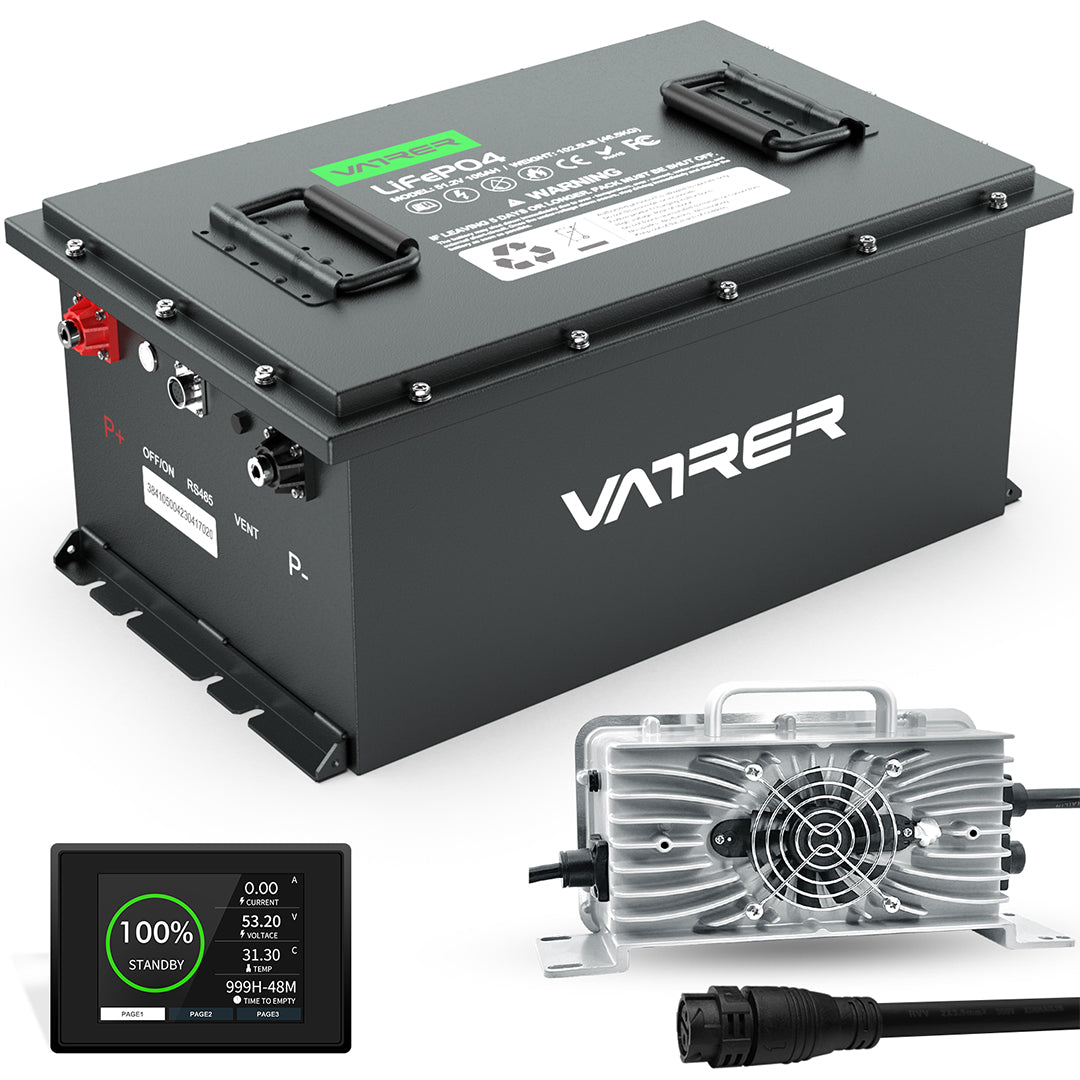
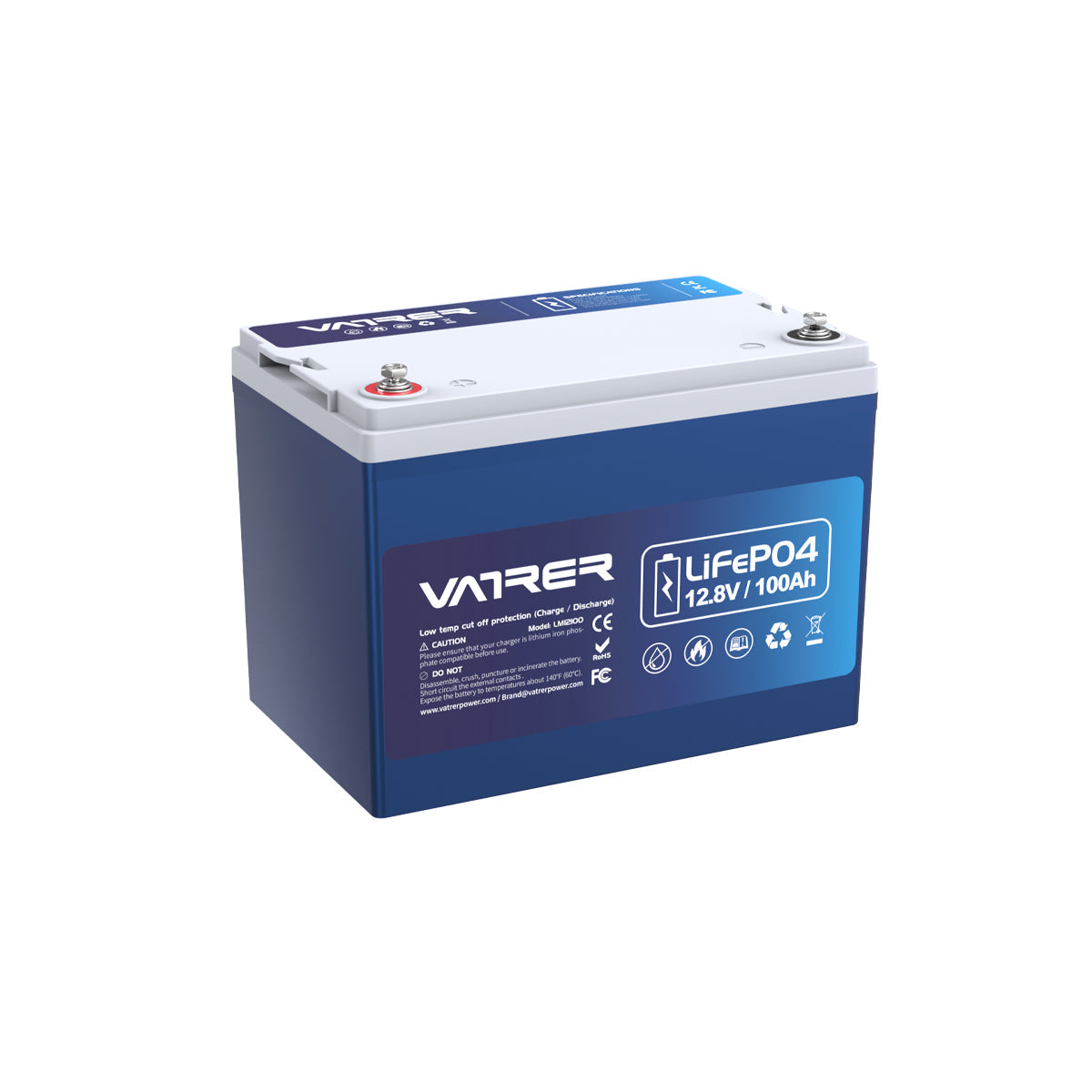
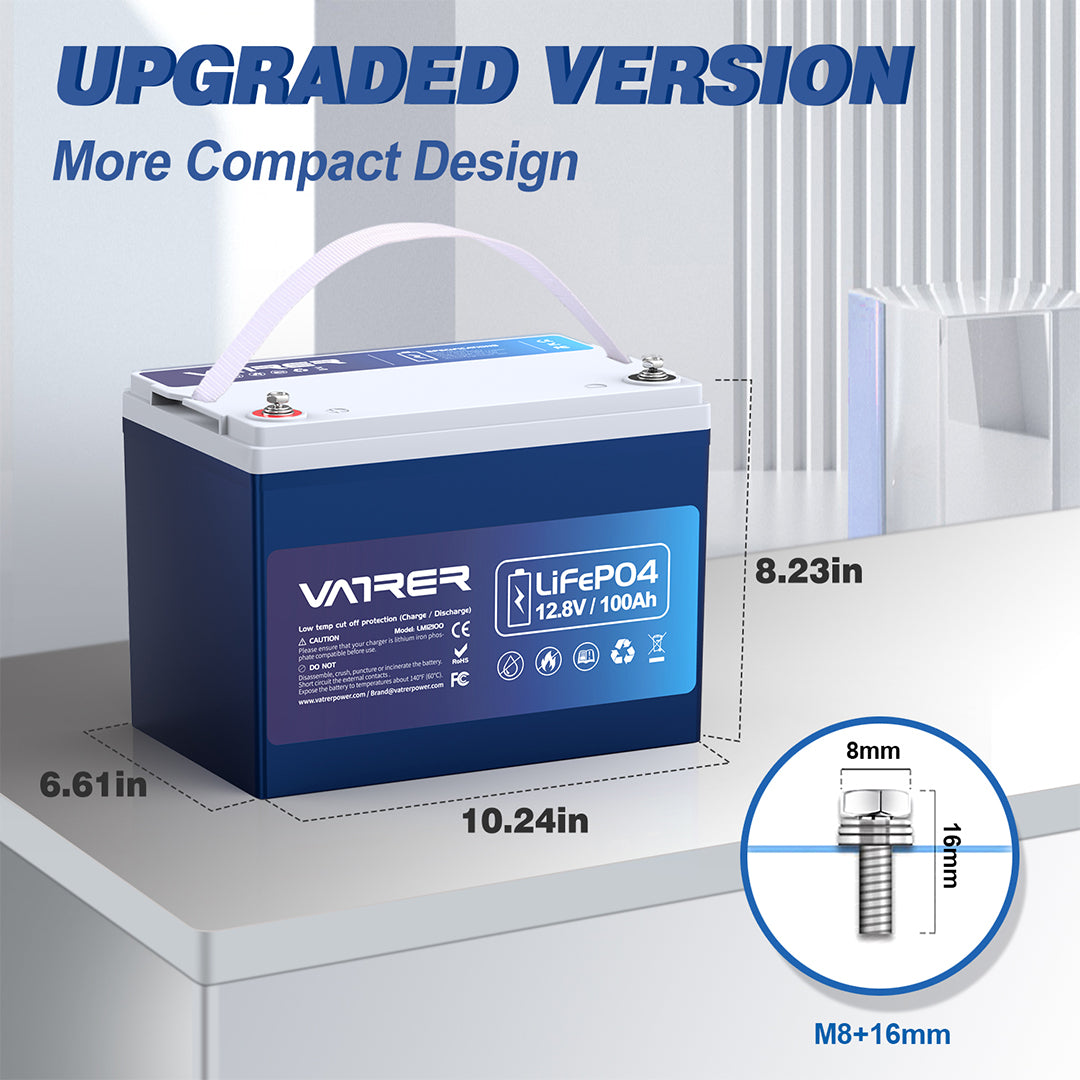
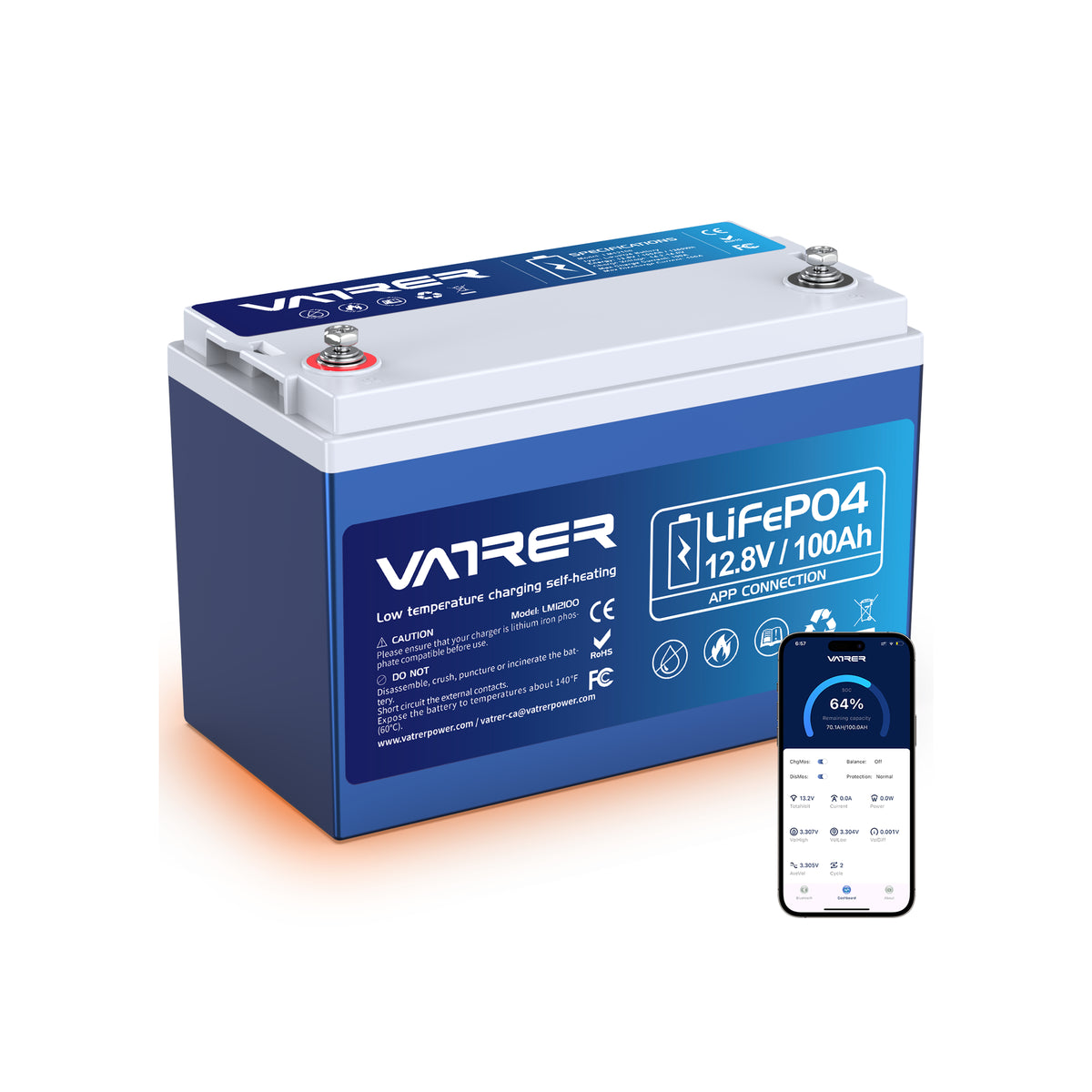
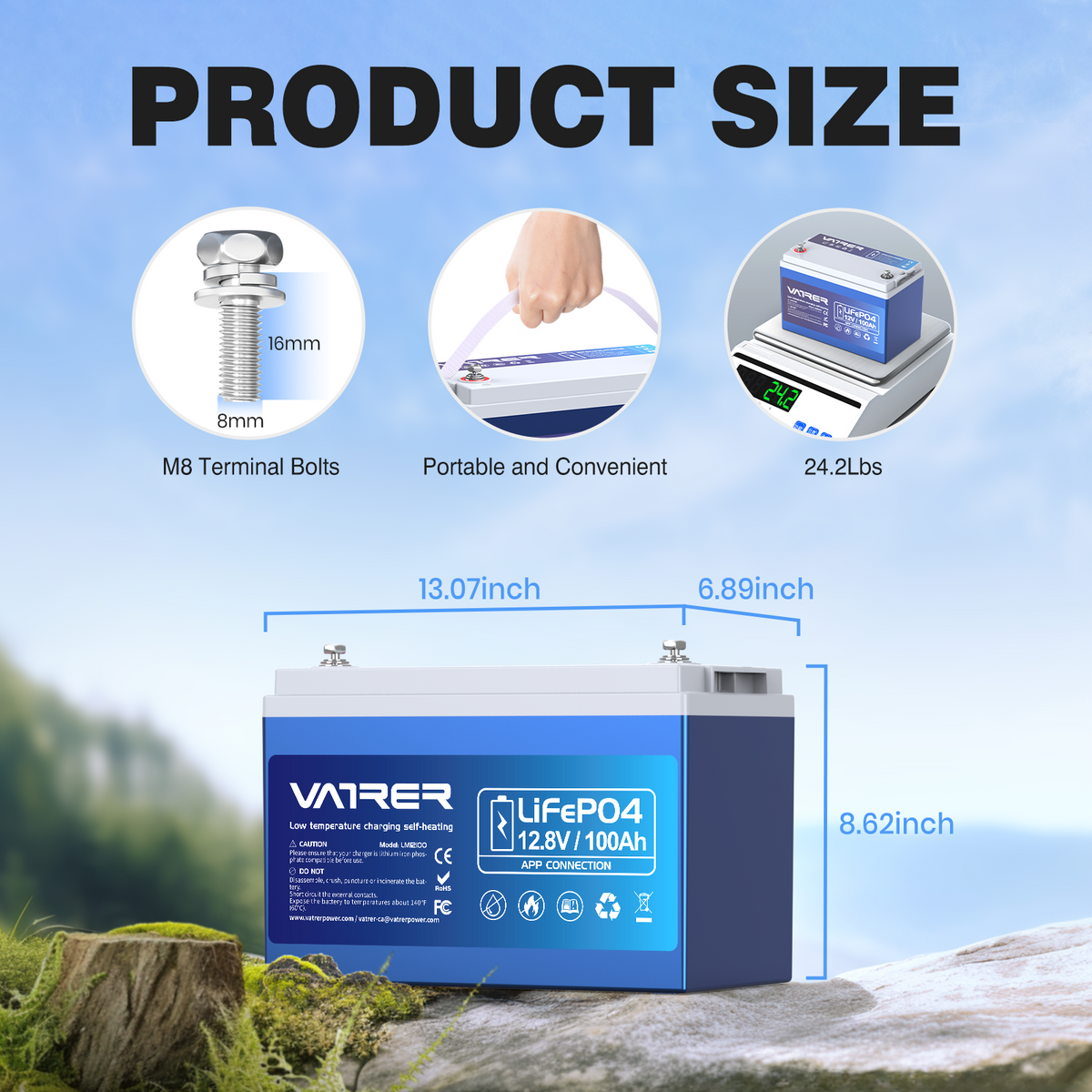
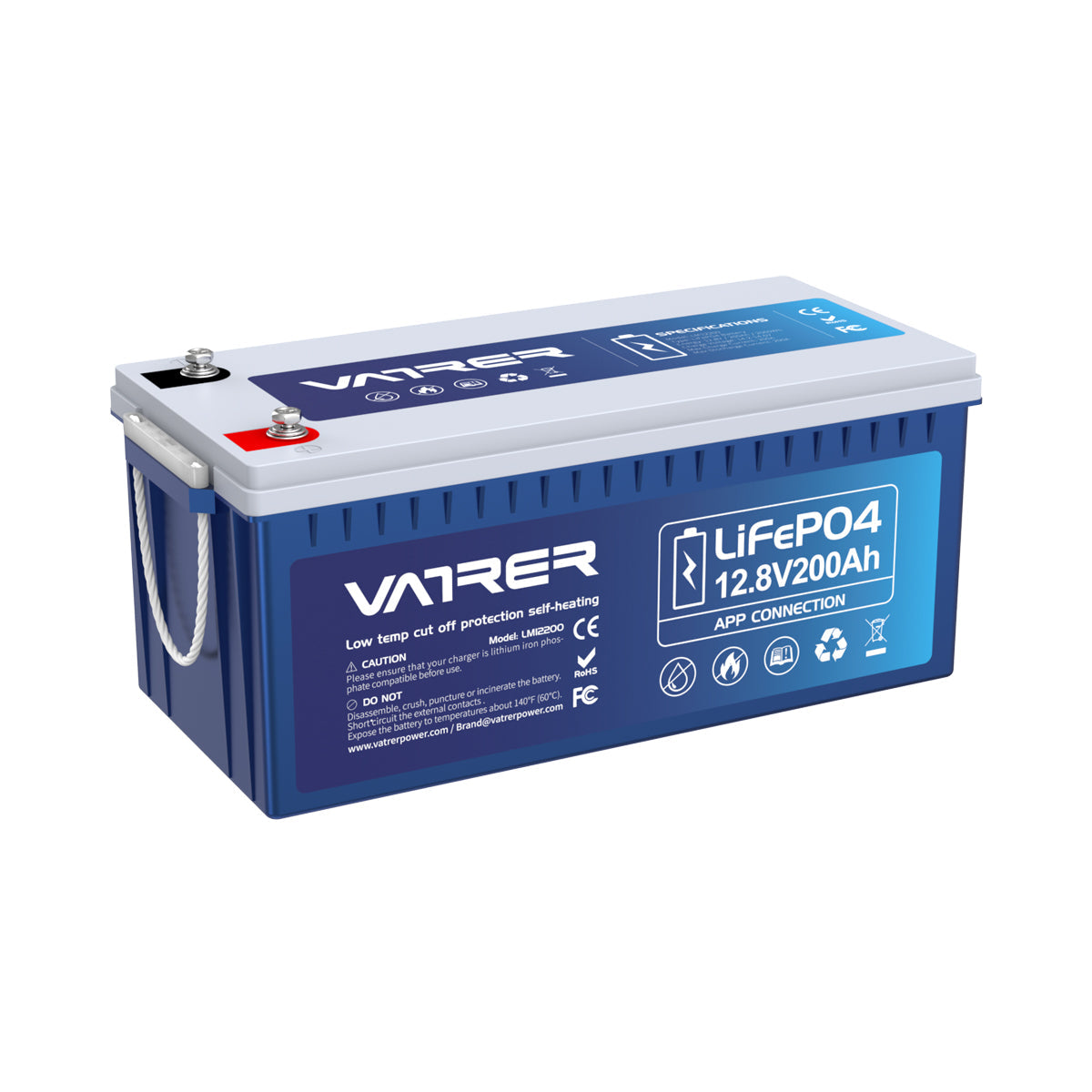
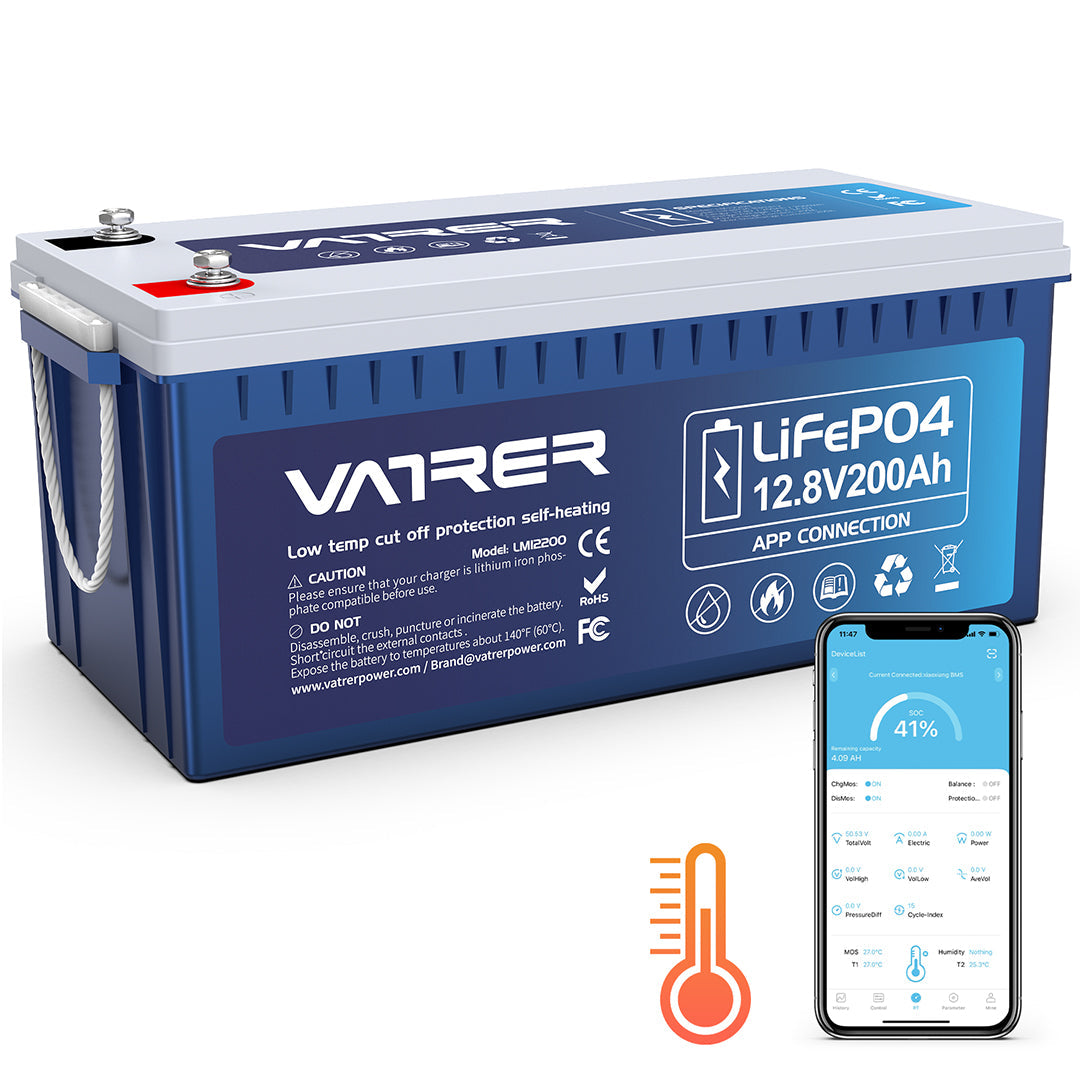
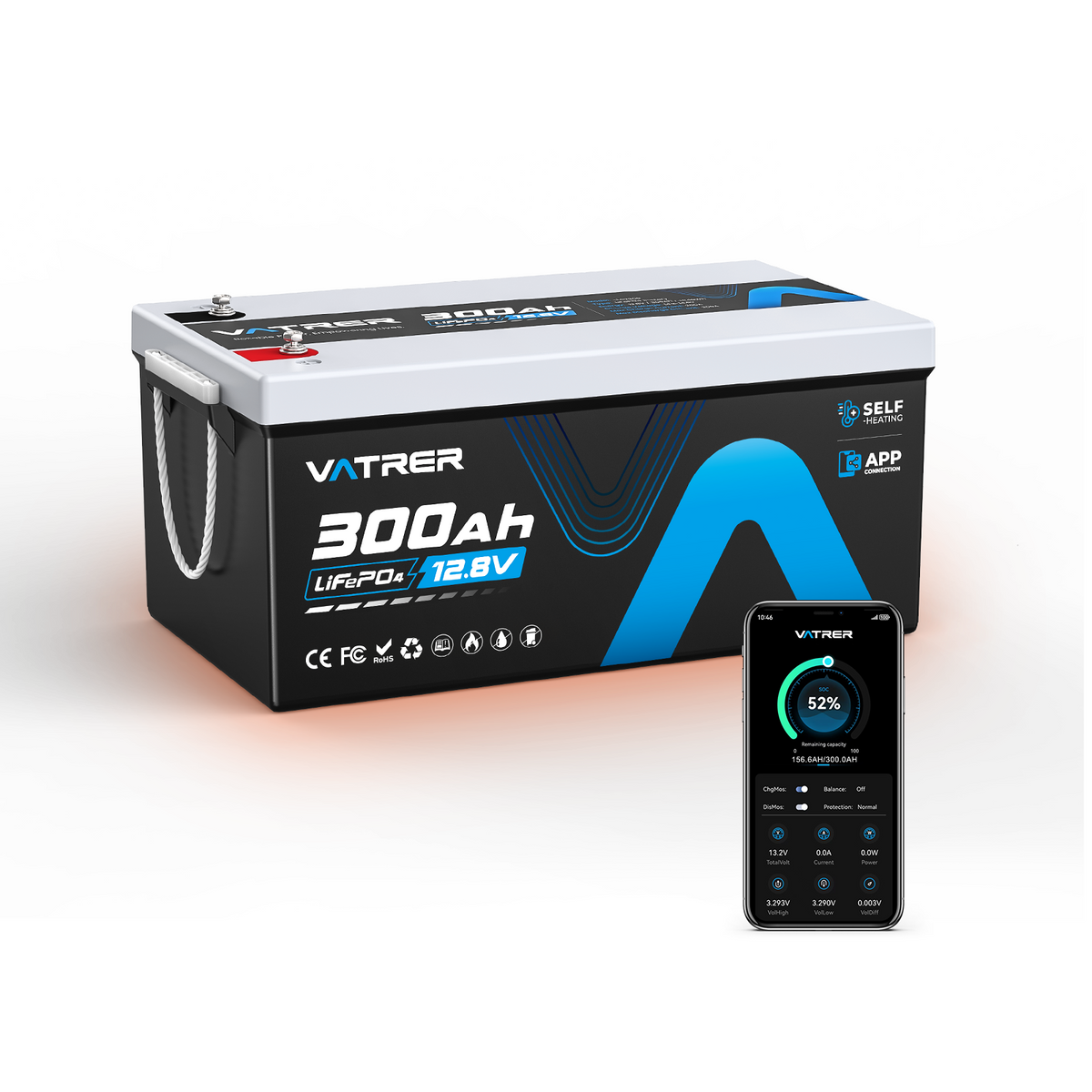
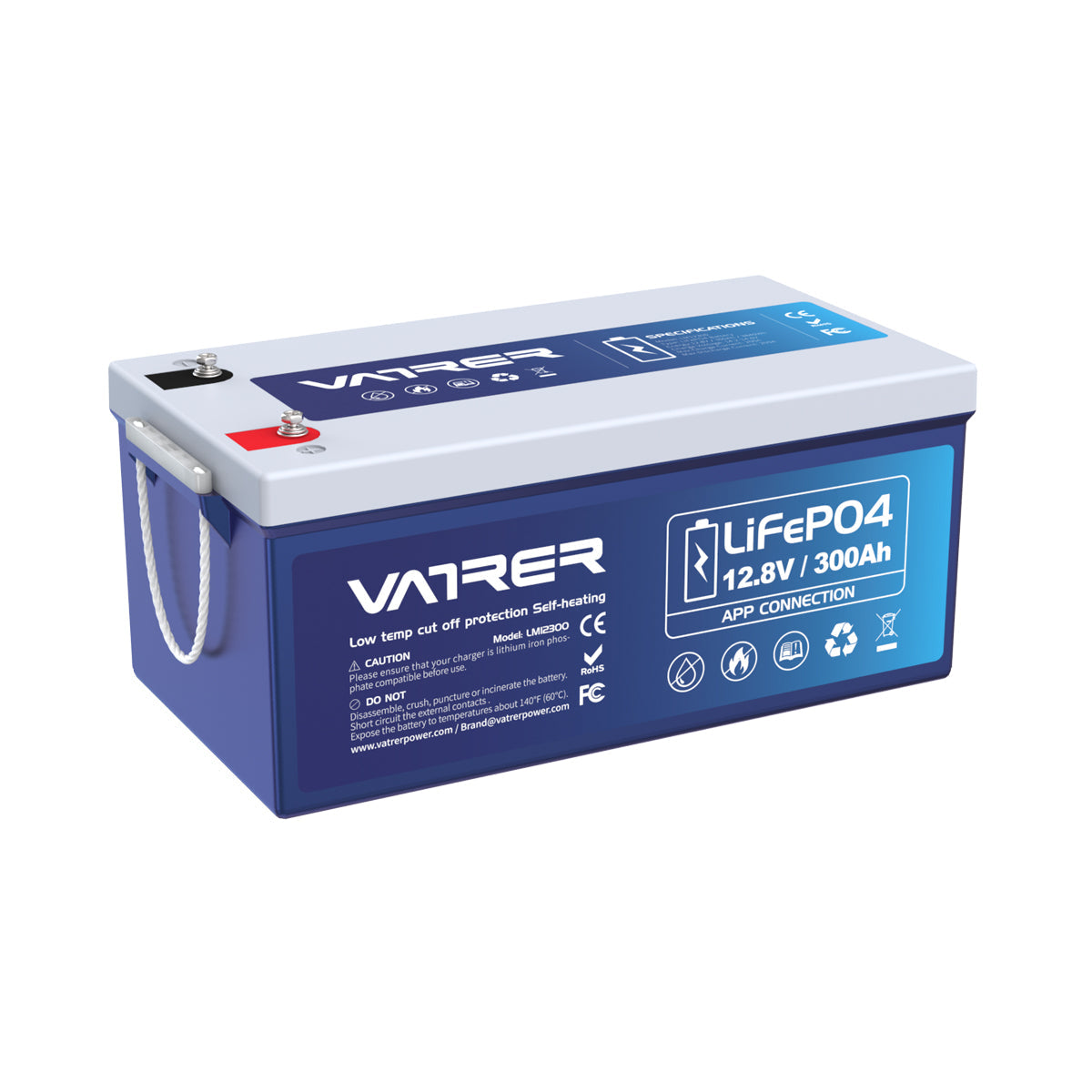

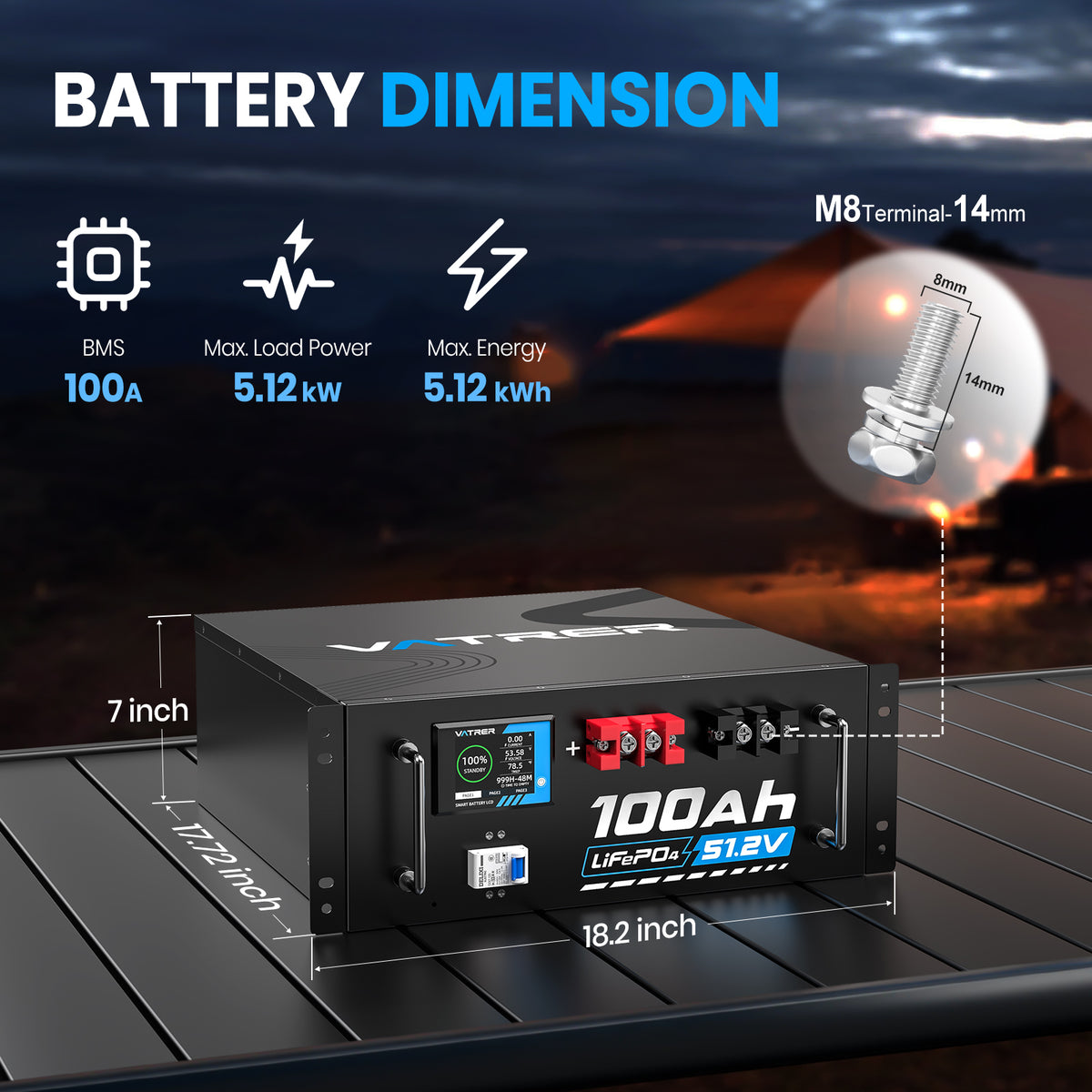
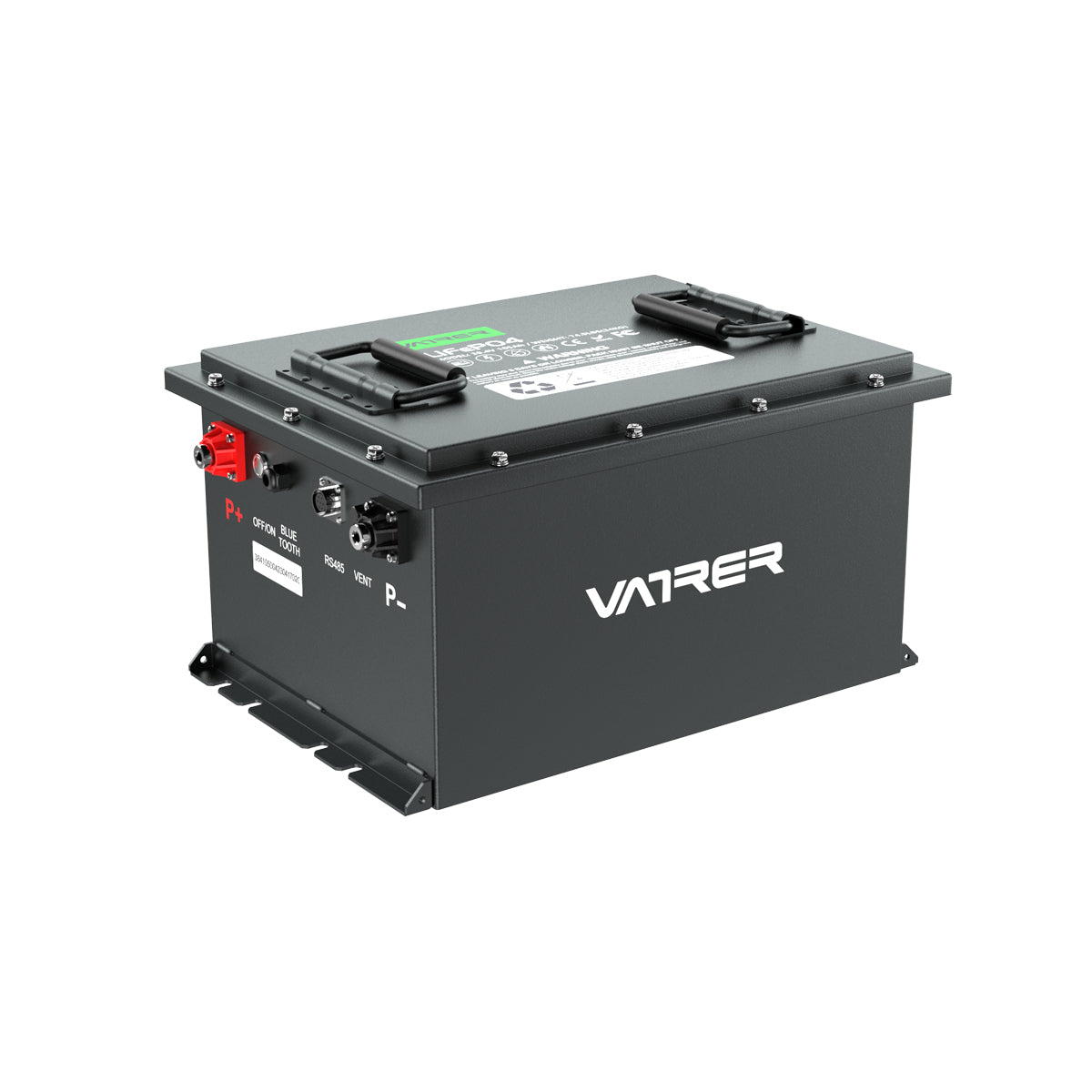
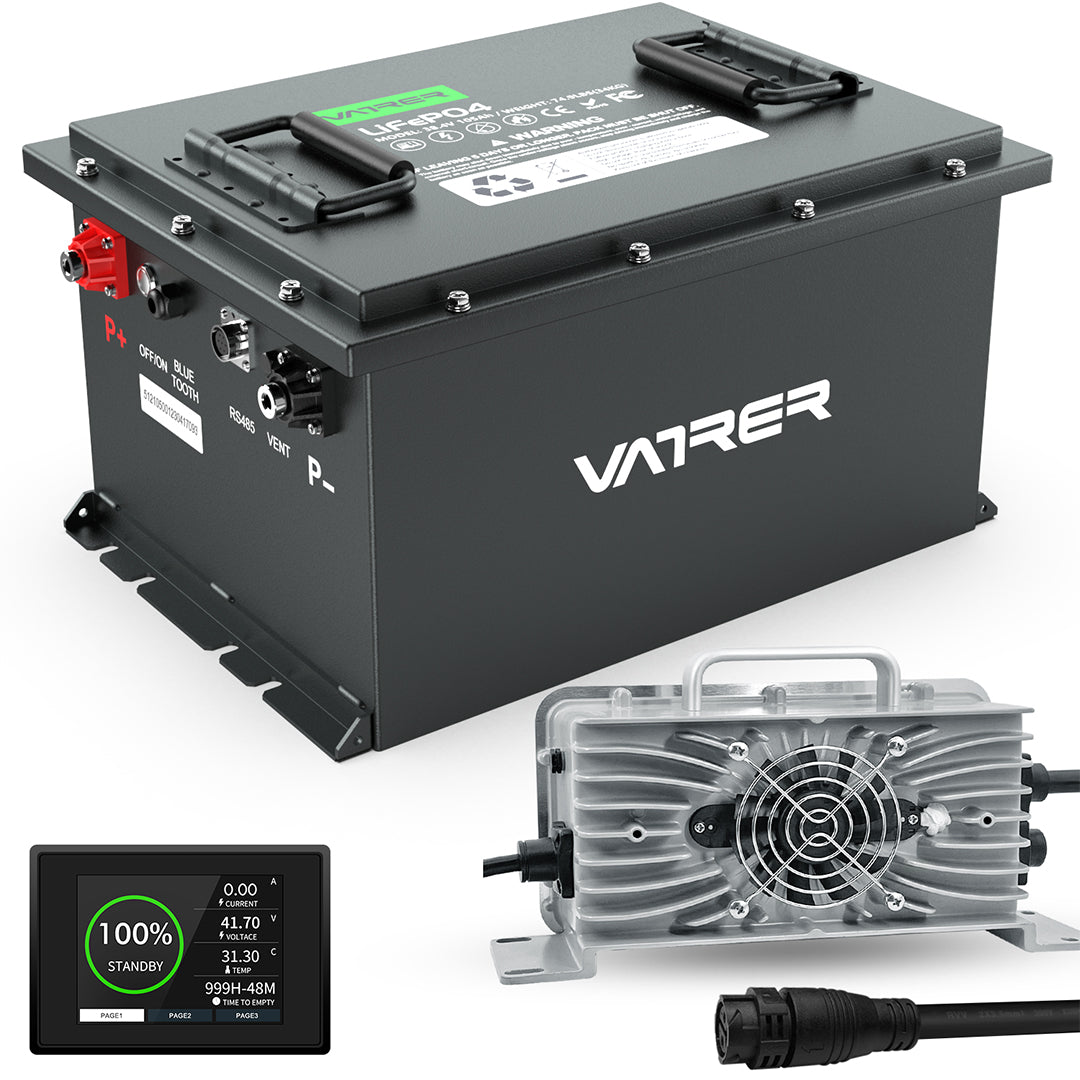
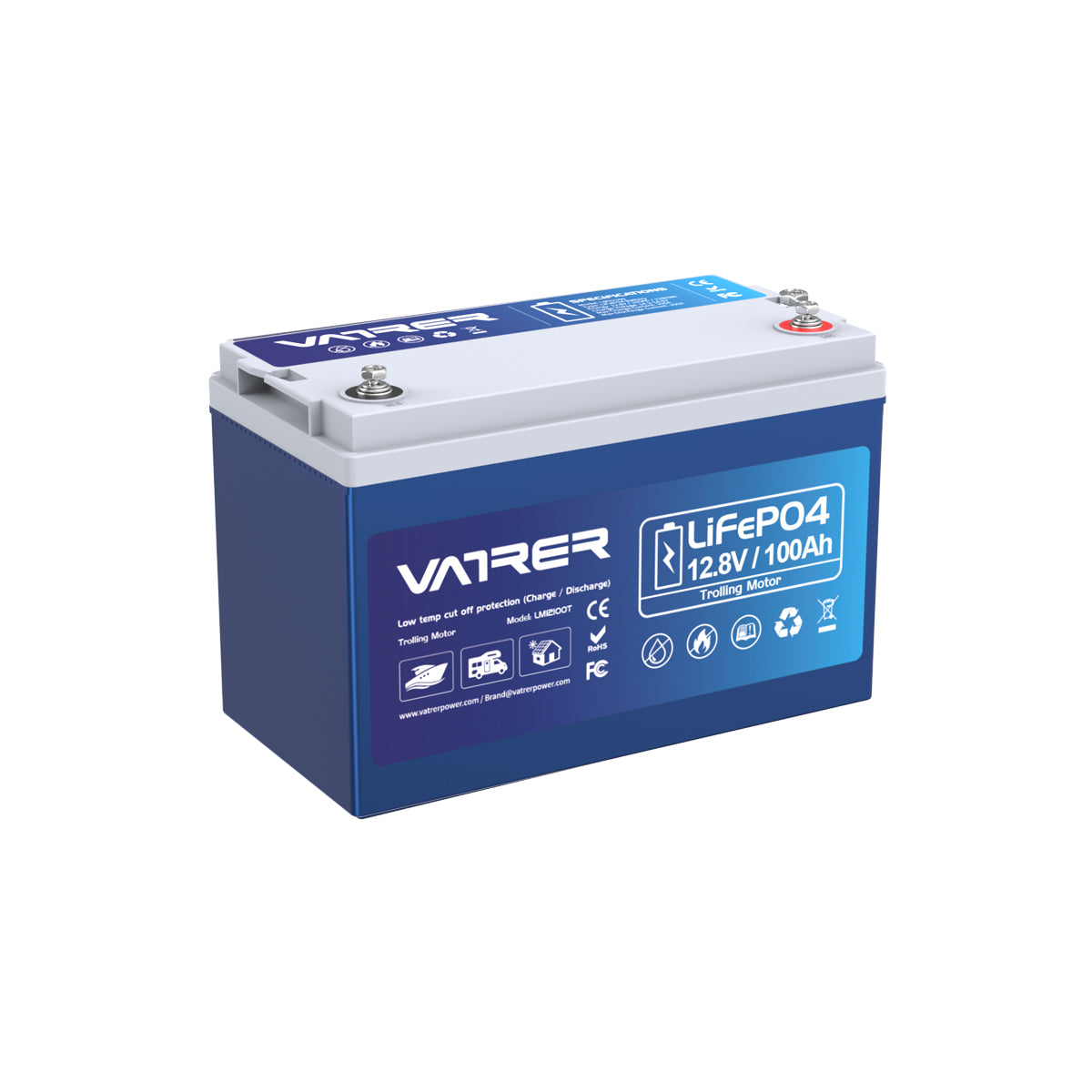
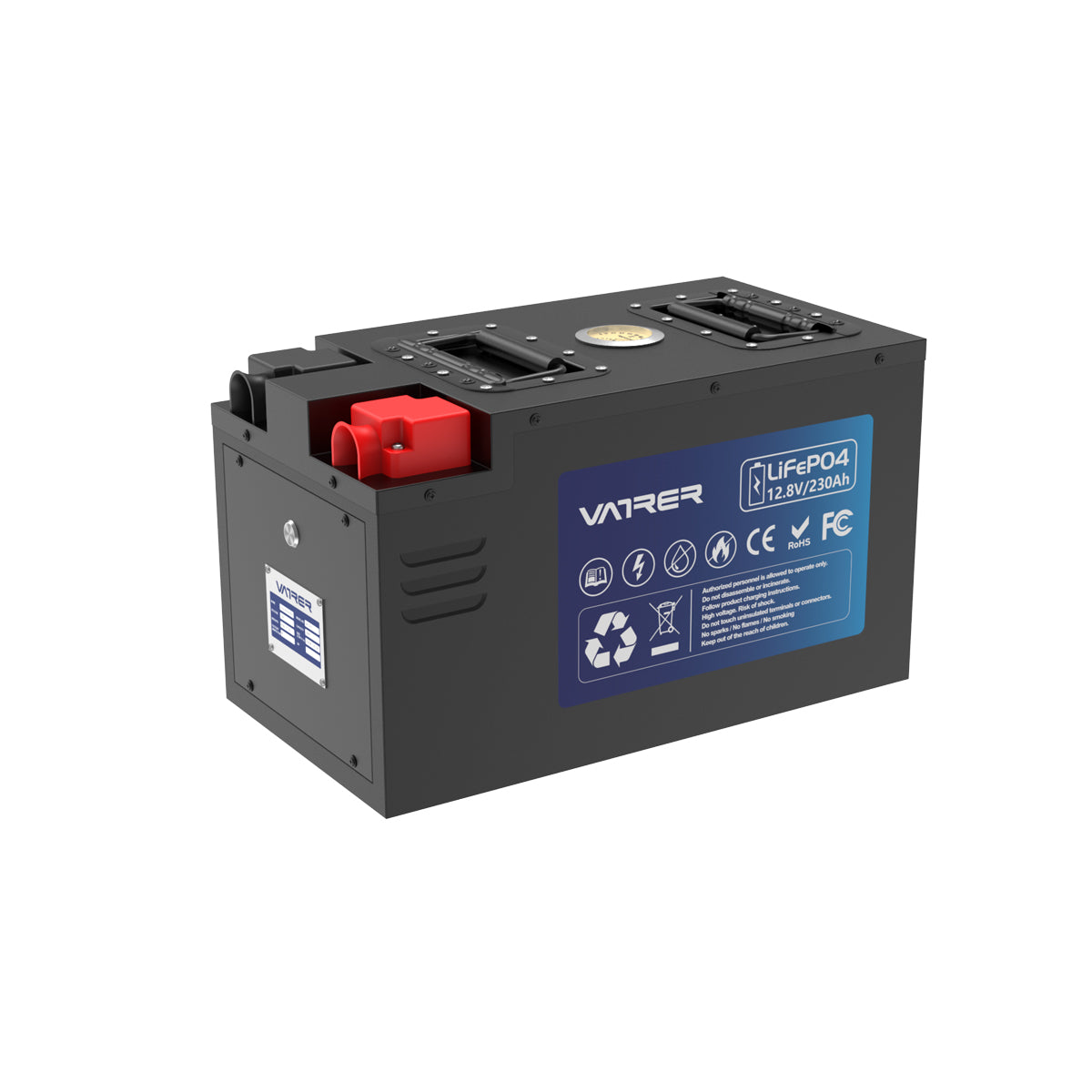
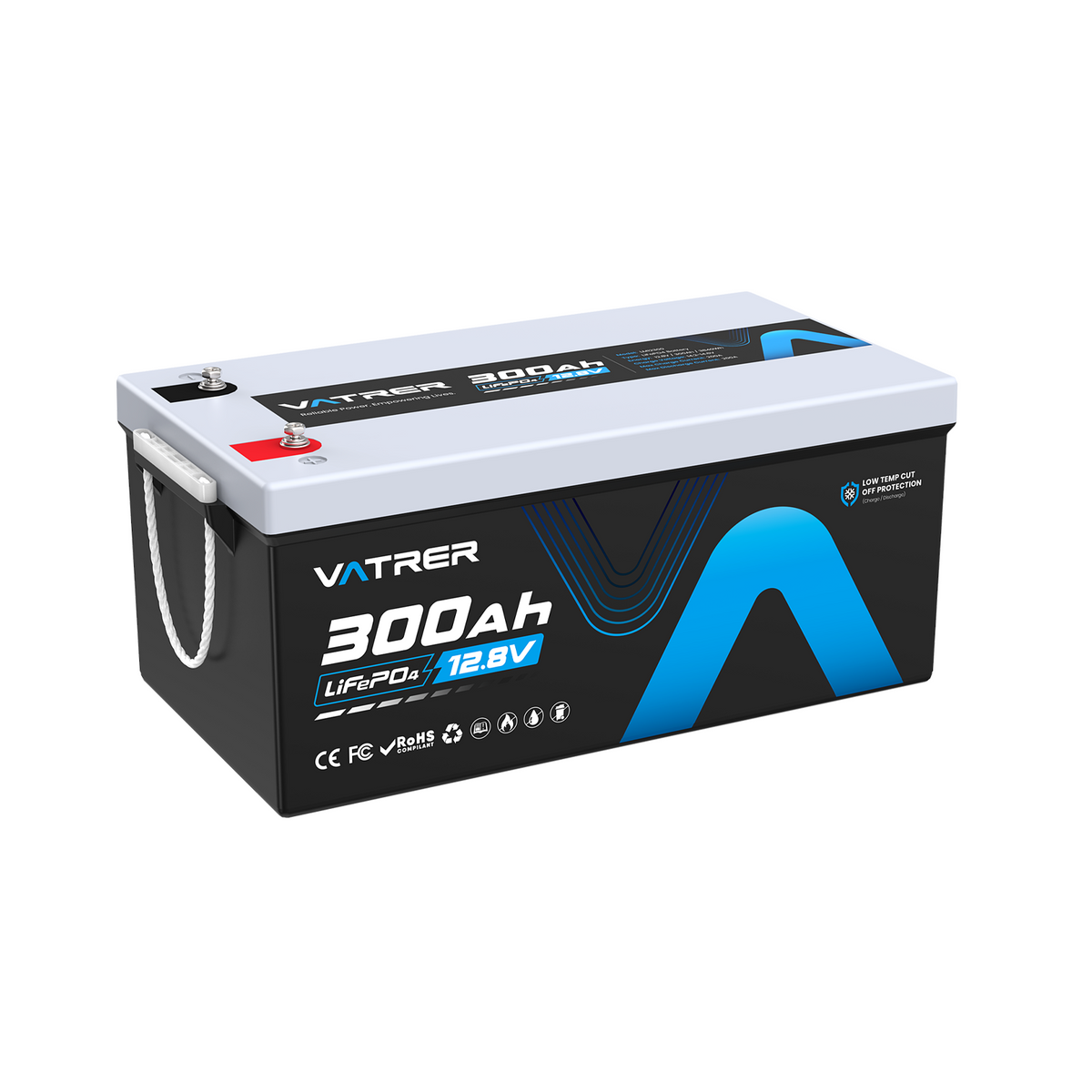

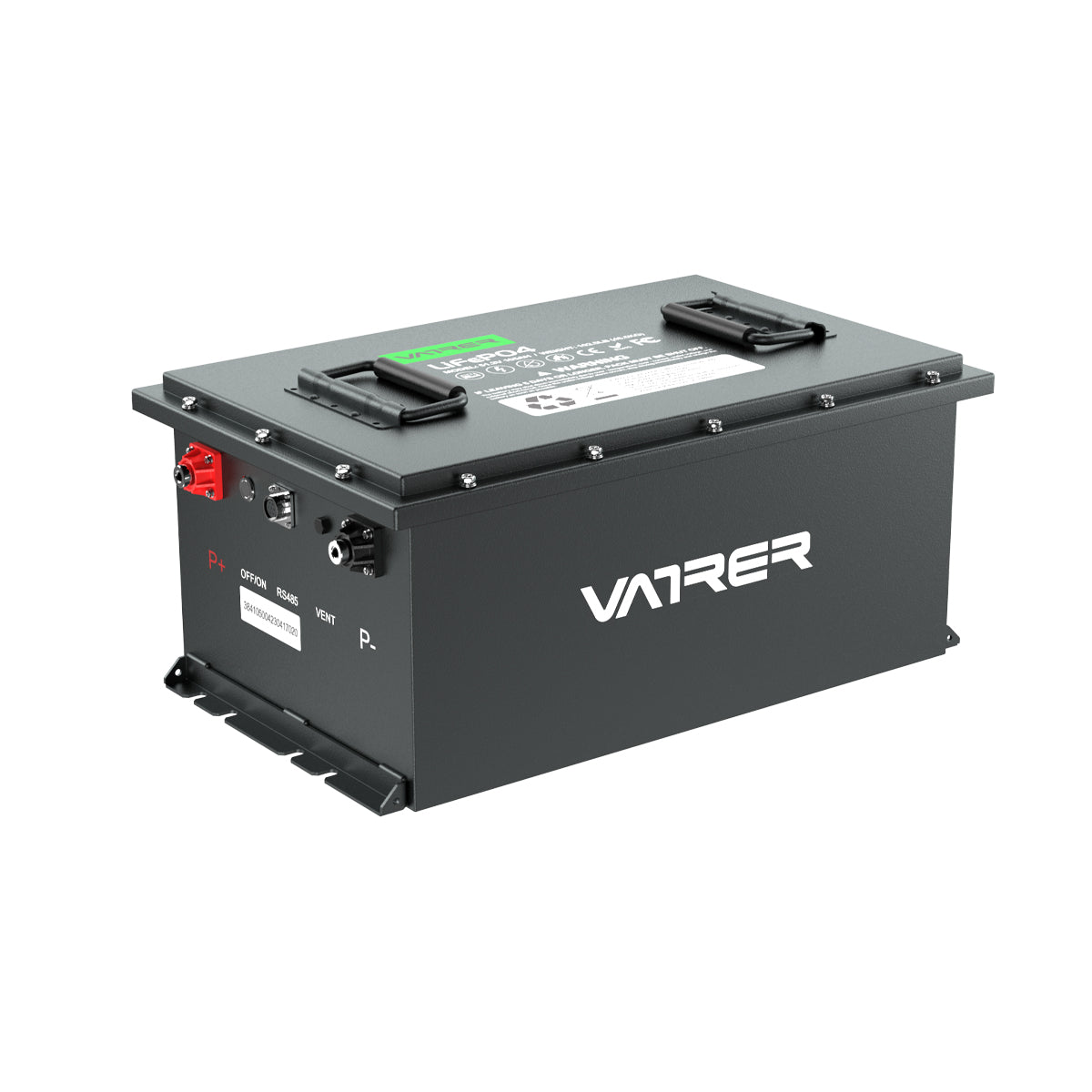
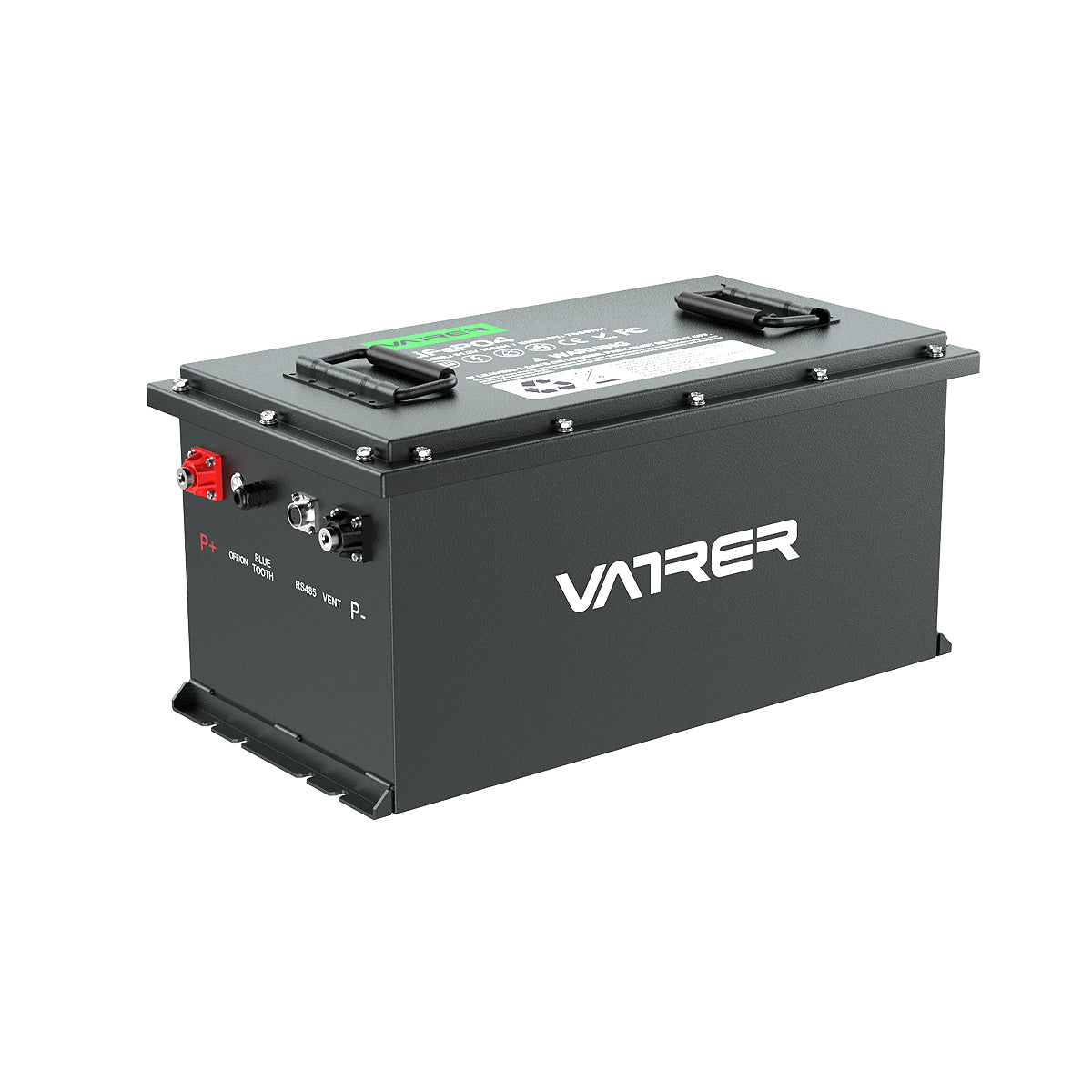
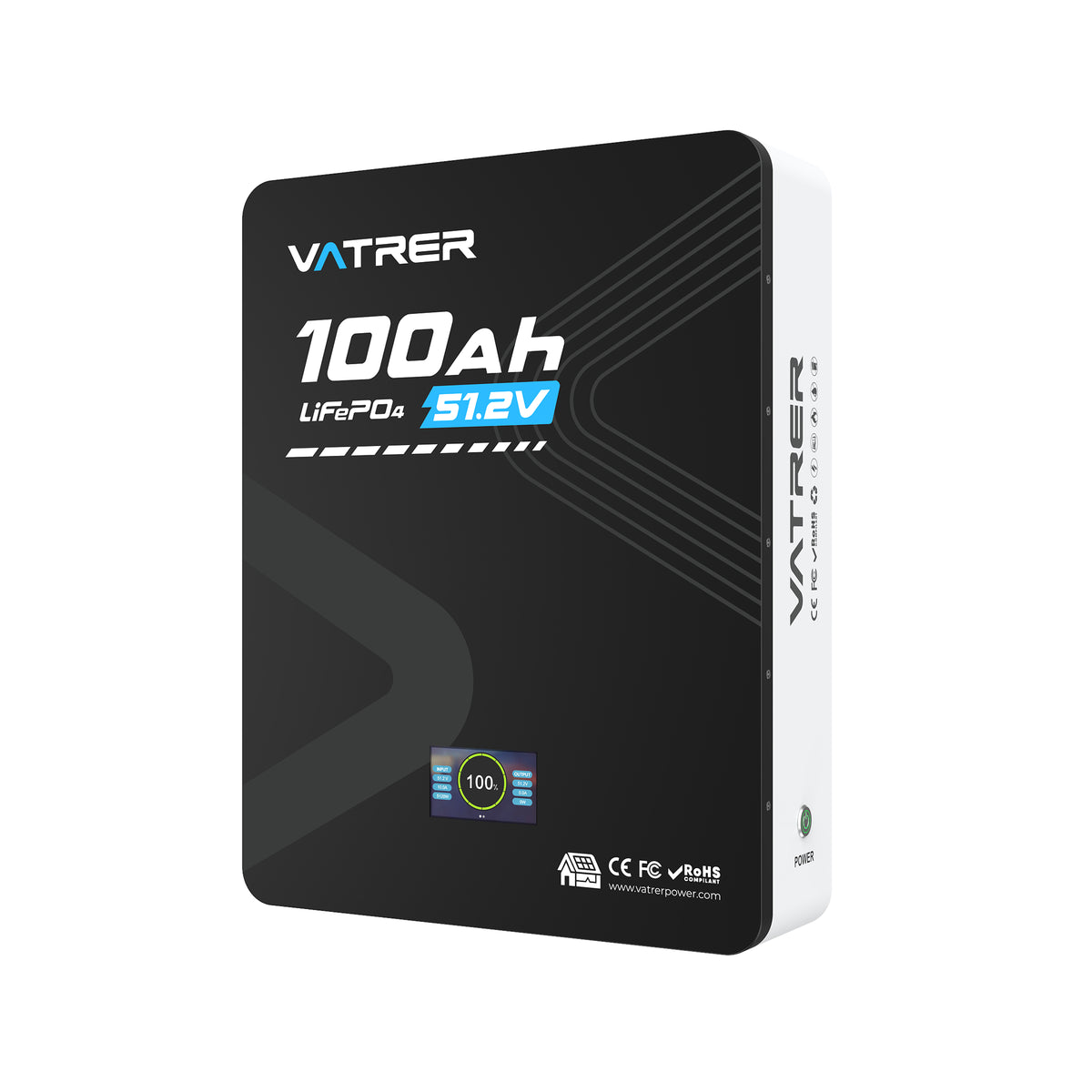
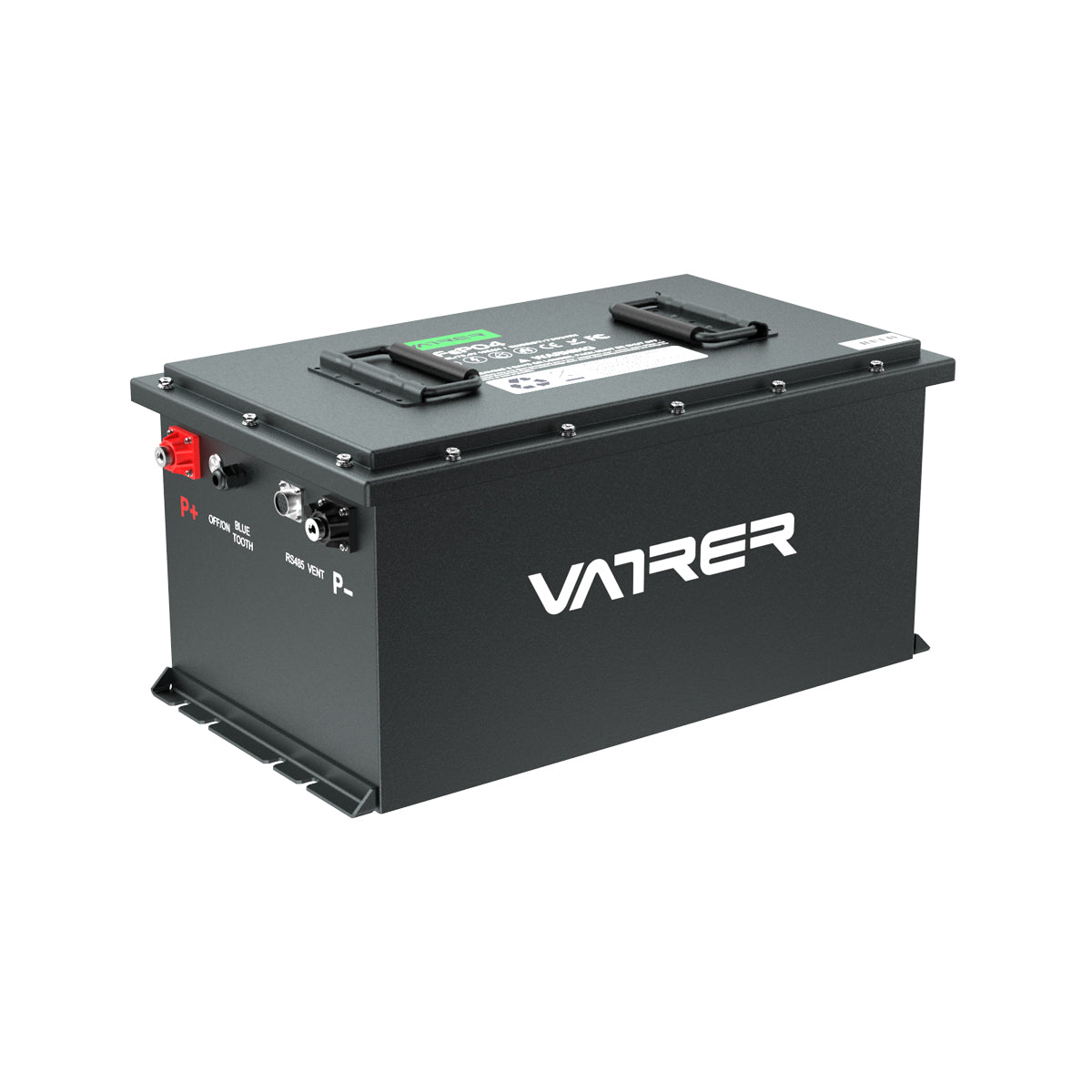


1 comment
Don Jorge
Hi William
perfekter Beitrag. Meine drei Gelbatterien halten leider schon
ca.8 Jahre bei guter Pflege aber im Winter im Camper gelassen.
So komme ich nie zu den ersehnten Lithium Batterien ;-). Es sind
12V /80Ah/540A Standard Gelbatterien Markenware . NG Jorge
Hi William
perfekter Beitrag. Meine drei Gelbatterien halten leider schon
ca.8 Jahre bei guter Pflege aber im Winter im Camper gelassen.
So komme ich nie zu den ersehnten Lithium Batterien ;-). Es sind
12V /80Ah/540A Standard Gelbatterien Markenware . NG Jorge